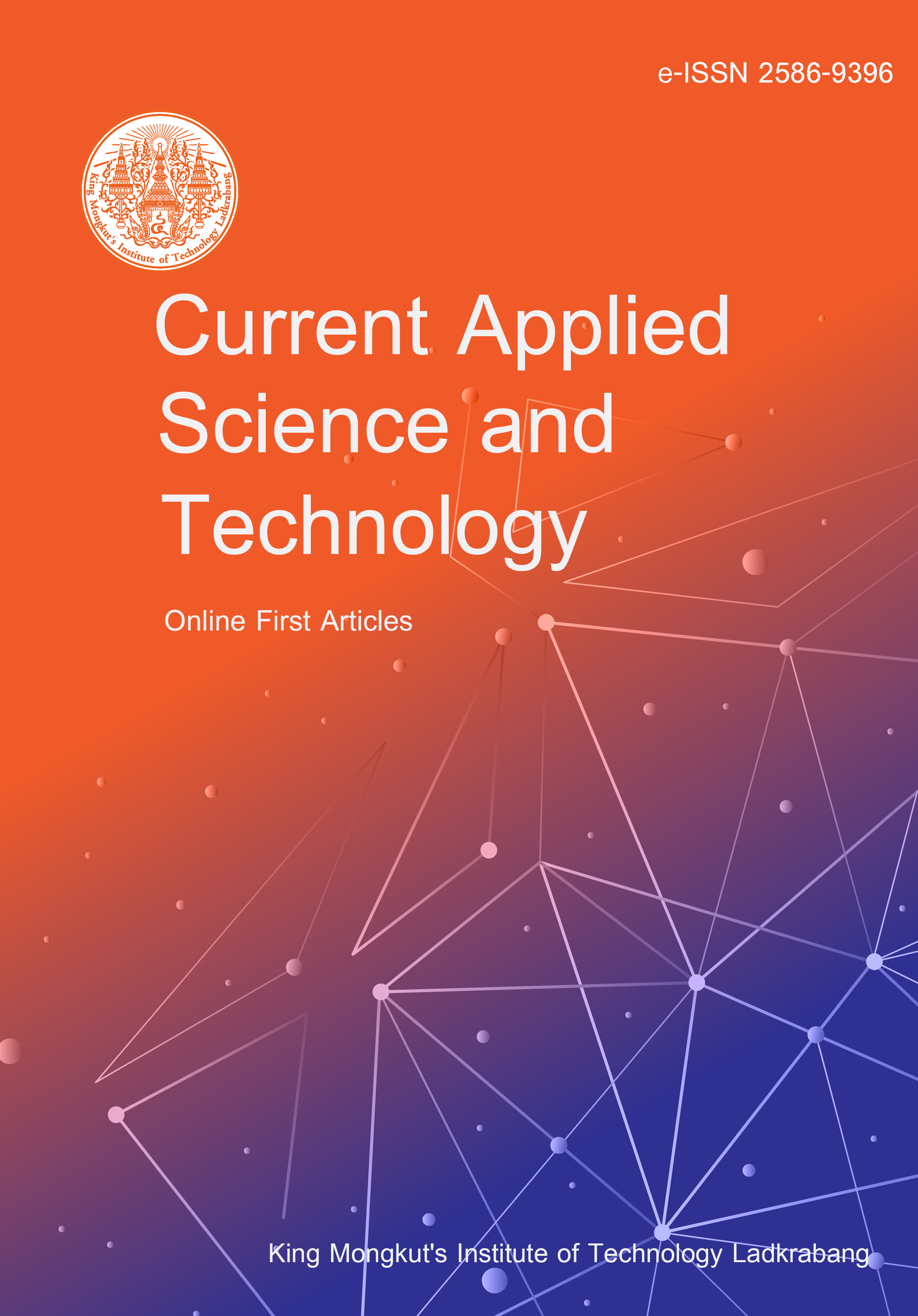This study was aimed at optimizing the substrate composition of white popinac wood chips for milky mushroom cultivation. Response surface methodology and central composite design were used to evaluate the effects of rice bran, dolomite, and phosphate rock concentrations. The optimized substrate composition, which was determined to maximize biological efficiency, consisted of 5% rice bran, 2.5% dolomite, and 2.5% phosphate rock, which yielded a biological efficiency of 89.72%. Proximate analysis of the cultivated mushrooms revealed 82.15% moisture, 20.14% protein, 1.60% fat, 64.87% carbohydrate, and 8.29% ash content. The glutathione concentration was 58.46±6.14 μM. The DPPH and ABTS radical scavenging assays showed IC50 values of 93.20±8.90 and 67.08±9.61 mg/mL, respectively. The results of this study underscore the potential of organic milky mushroom cultivation and highlight the suitability of white popinac wood chips as a sustainable substrate.
Bangyeekhun, E. undefined. ., Sawetsuwannakun, K. ., & Romruen, U. . (2025). Optimization of White Popinac Substrate Composition for Milky Mushroom Cultivation. CURRENT APPLIED SCIENCE AND TECHNOLOGY, e0263588. https://doi.org/10.55003/cast.2025.263588

